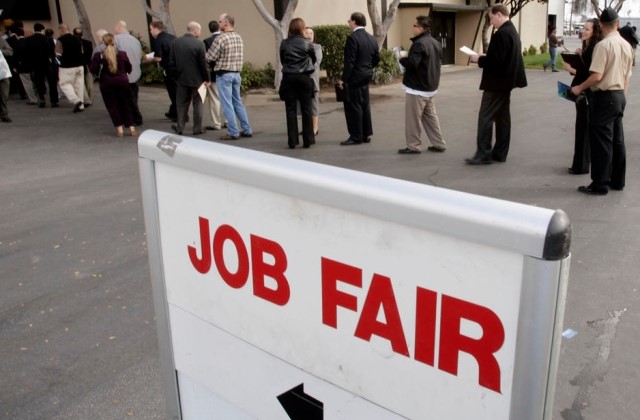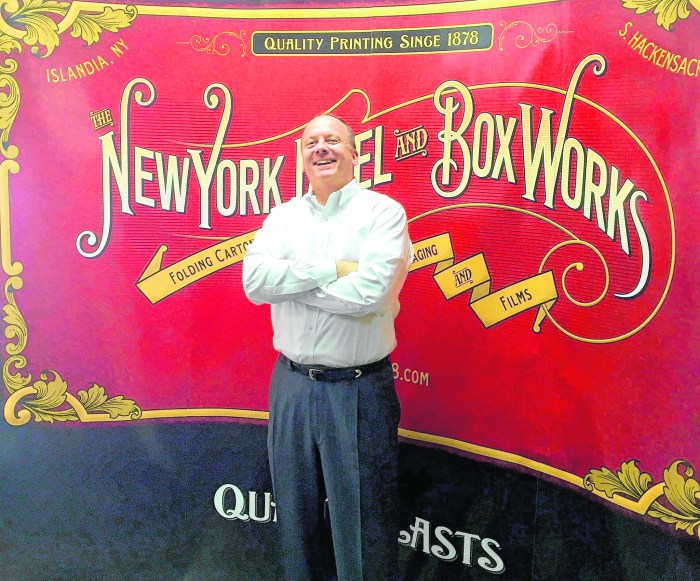The regional economy chugged along quietly in 2017, gaining steam as the year ended. With an October unemployment rate of 4.1 percent – exactly half the January 2010 peak – the regional economy effectively reached full employment. In theory, this means everybody in Nassau and Suffolk who wants a job has got one.
Believe that if you like. Job creation and wage growth, on the other hand, have been tepid. So why is unemployment so low?
Usually that happens when people stop looking for work, settle for low-paying McJobs, or move out of the area to find opportunities elsewhere. We’re not at full employment because employers are creating jobs. They simply aren’t. In November, job expansion was effectively zero.
A review of the past year reveals a labor market that’s growing in terms of employment efficiency – closing the gap between jobs and job seekers – but one that’s shrinking in terms of wage growth and employment expansion.
The Long Island job creation story is not a happy tale. The region is losing jobs rapidly, about 900 in 2017. Jobs in construction, trade and manufacturing led the exodus as 600 private-sector jobs evaporated between September and October alone.
Pink slips went out to many office administrators, temporary health service workers, travel agents, store workers and waste management workers, among other occupations. Anecdotally, many of those displaced found lower-paying, part-time jobs and have doubled up to make ends meet.
We did see job growth, however, in education and health services – nearly 10,000 new jobs there – and leisure and hospitality, which added some 1,500 new positions. While those jobs include high-paying professions like school superintendents and hotel general managers and surgeons, the majority are make-do gigs: home healthcare attendants, pre-school staffers and motel housekeepers.
In March, the New York State Department of Labor announced the region’s top five trending jobs for 2017, naming 5 occupations growing in both demand and average wages. Those positions, followed by their average salaries, are:
• Software developers/applications ($93,660)
• Physical therapists ($91,230)
• Registered nurses ($86,940)
• Plumbers, pipefitters and steamfitters ($78,610)
• Market research analysts and marketing specialists ($68,590)
It used to be that LI’s most competitive jobs paid significant differentials over similar work around the country. Considered a kind of regional bonus pay, that differential would offset our high cost of living. That is no longer the case.
The differential has been shrinking. About two years ago it disappeared altogether. One study by the Rausch Foundation showed that the average Long Island paycheck dropped about 3.2 percent since 2010, based on 2013 dollars.
The difference is starkest when compared with national wage levels. In the decade beginning 2005, average LI pay was lower at the onset of 2014 than it was in 2005, while the average U.S. wage earner earned about 8.3 percent more.
Here’s another perspective. In 2005, the Island’s average employee earned 9.3 percent above the national average; in 2014, that advantage had albeit disappeared. While many hourly workers still out-earn their counterparts around the country, quite a number of managerial and professional jobs in this market pay less – sometimes significantly less.
What’s more, the trend is downwards. That $93,660 software-developer salary the Labor Department touts pays about $11,000 more in the average community – and much more in highly competitive markets like New York, San Francisco and Boston.
Compounding the problem is our high cost of living. Living here costs about 50 percent more than it does to live in the average U.S. community. According to some indicators the cost differential is rising, driven by the usual twin gremlins: housing and local taxes.
As Rausch reported in 2015: “Given that Long Island is a ‘high cost’ region, the convergence with national income levels does not reflect well on the ability of Long Islanders to maintain living standards.”
Put another way: we’re working harder to earn the same or less; our costs are going up while people in other markets are easing up, earning more and paying less to live there.
Let’s hope 2018 brings better economic news.

































